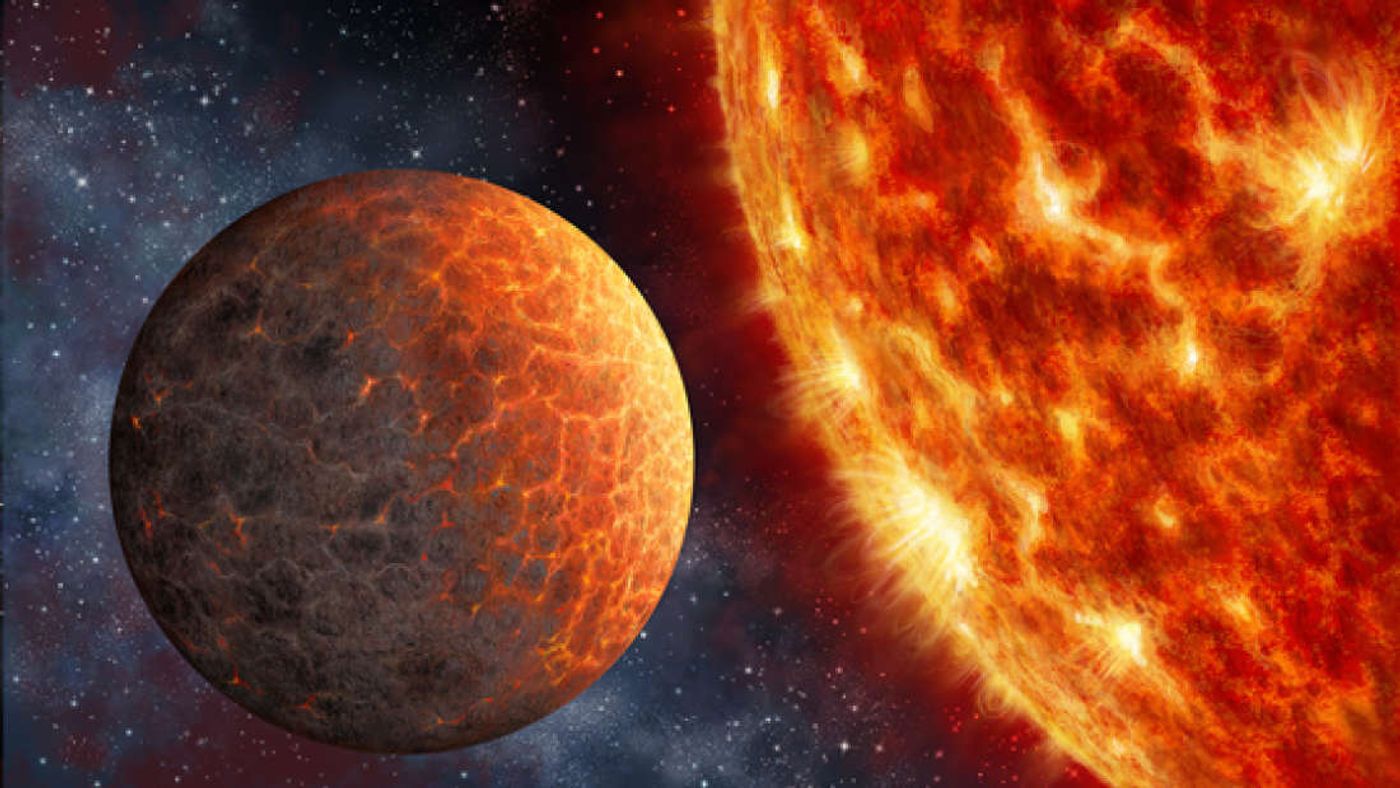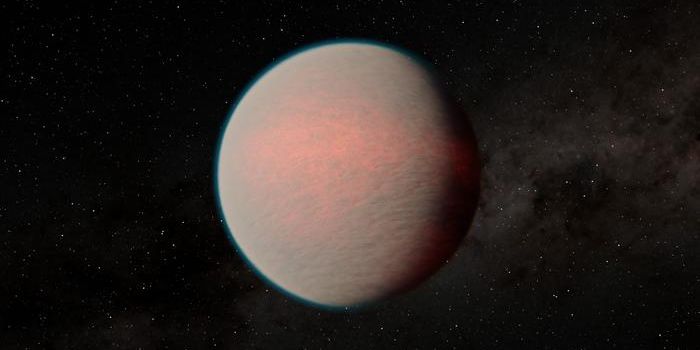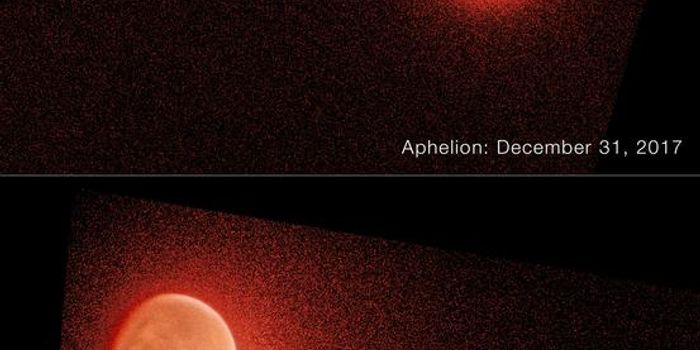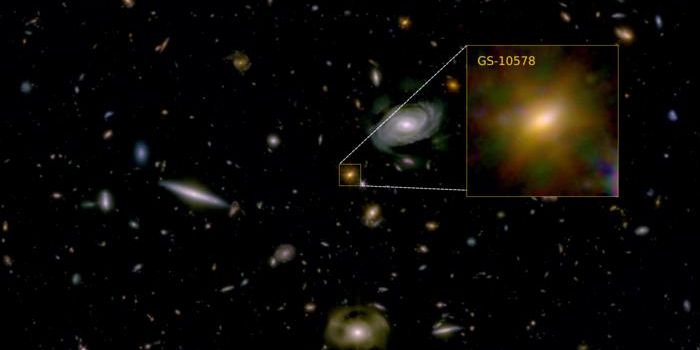Have We Discovered Venus' Twin 219 Light Years Away?
The Kepler Space Telescope helps astronomers locate distant exoplanets, but they still appear fuzzy in the viewfinder because they’re so far away. Unfortunately, this means observing them and understanding their unique characteristics isn’t as easy as doing the same job for planets in our own Solar System.
Nevertheless, astronomers resort to other methods to observe the characteristics of exoplanets, and according to a study that was recently published in The Astronomical Journal, one recently-discovered exoplanet has conditions that are a lot like Venus.
Image Credit: Danielle Futselaar
The resemblance is uncanny; so much in fact that astronomers are going as far as to say it’s Venus’ long-lost twin. It’s just a little bit smaller than the Earth is, but the atmospheric conditions are what give it away in particular.
Dubbed Kepler-1649b, the exoplanet is estimated to be around 219 light years away and is reportedly orbiting a dim red dwarf star. Dubbed Kepler-1649, the star is not only dimmer than our Sun, but it’s smaller too – 25% of the size.
Related: Exoplanets orbiting red dwarf stars are unlikely to support life
In terms of proximity to its host star, the researchers note that Kepler-1649b is so much closer that it makes a full orbit in just nine Earth days. This variation is what makes it possible for the exoplanet to be hot like Venus and have a thick atmosphere.
Nevertheless, it’s much too hot and thick to support life like the Earth’s so the search will have to continue.
“There are several factors, like star variability and tidal effects, that make these planets different from Earth-sized planets around Sun-like stars,” SETI scientist Isabel Angelo said in a statement.
Upcoming space telescopes like the James Webb Space Telescope, which is slated for a 2018 launch, will give us a much better look at these distant exoplanets an allow us to probe their structure so we can better understand their composition. Its larger and more precise instruments should also enable us to discover more worlds like never before.
Perhaps it can help offer more insight about Kepler-1649b when the time comes.
Source: SETI









